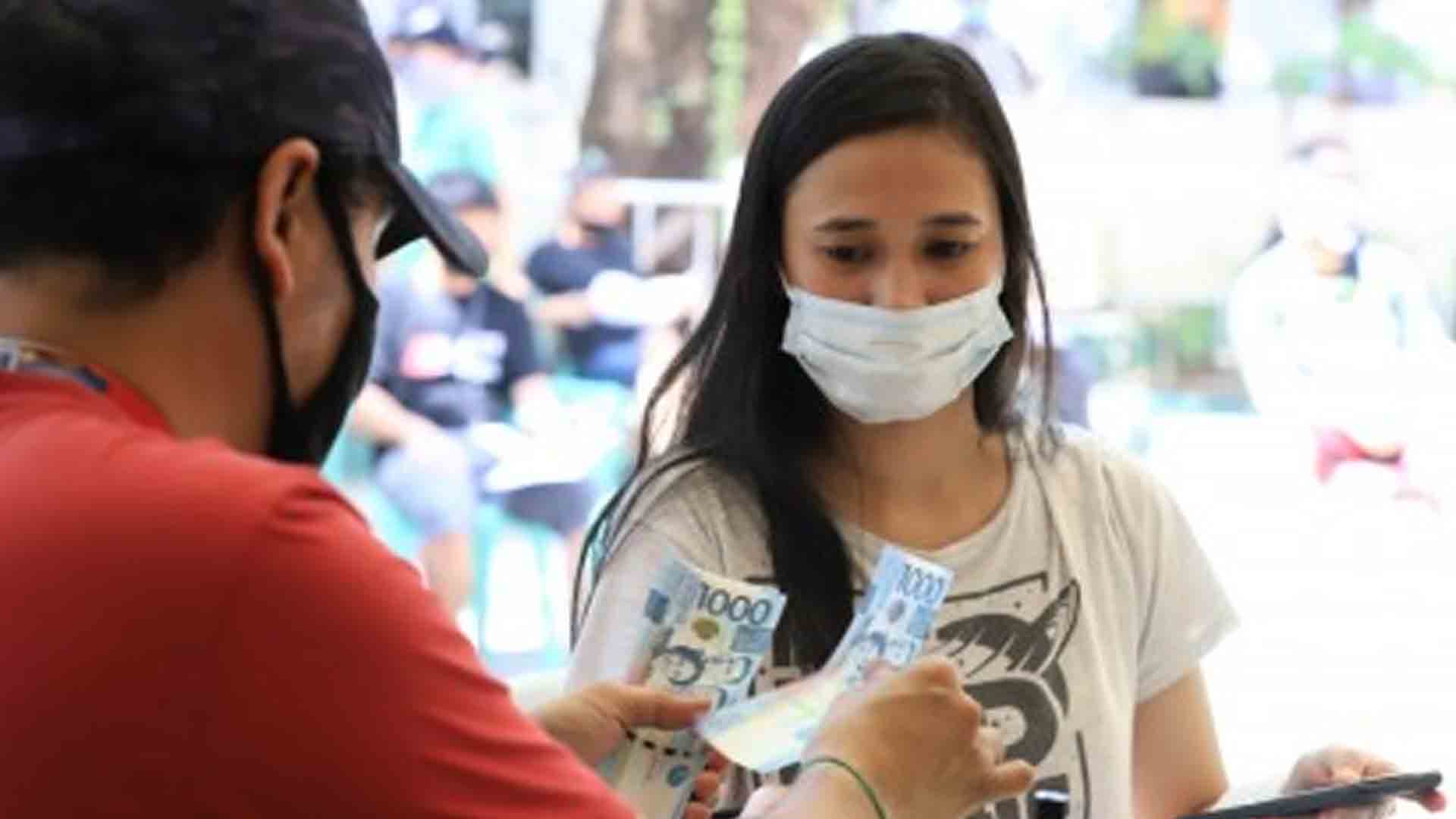Some 71 percent of Filipinos have said their families received financial aid from the government since the start of the coronavirus disease 2019 (Covid-19) pandemic, a Social Weather Stations (SWS) survey showed Tuesday night.
The figure hardly changed from the 72 percent recorded in July, implying there has been no increase in the recipients of government cash subsidy between July and September.
The survey also showed that 67 percent of Filipinos said their families received financial aid once, and 29 percent received it twice.
The remaining 2 percent received it thrice, 1 percent received it four times, and 0.21 percent received it five times.
Meanwhile, the 71 percent whose families received financial assistance said they received an average total of PHP7,531 since the start of the Covid-19 crisis.
The survey also found out financial aid distribution was most widespread and frequent in Metro Manila compared to other areas.
“The proportion of those whose families received money-help from (the) government was highest in Metro Manila (82 percent), followed by the Visayas (73 percent), Balance Luzon (70 percent), and Mindanao (64 percent),” it read.
By frequency of receiving financial aid, the majority of families that received government cash assistance received it only once in all areas, except in Metro Manila where the majority received it twice.
As for the average amount received, the survey showed that Metro Manila families received the highest average amount compared to those in Balance Luzon, the Visayas, and Mindanao.
“In particular, since the start of the crisis, families in Metro Manila received an average amount of PHP11,024 (median PHP10,000), followed by Balance Luzon with an average of PHP7,481 (median PHP6,000), the Visayas with an average of PHP6,833 (median PHP6,000), and Mindanao with an average of PHP5,664 (median PHP5,000),” the survey read.
It also showed that more families in urban areas (75 percent) received financial aid from the government than in rural areas (67 percent).
“Families in urban areas received an average of PHP8,721 (median PHP6,900), higher than the average of PHP6,306 (median PHP5,000) received by families in rural areas,” the survey said.
Meanwhile, it also found that financial aid is smaller among families of non-elementary graduates.
The proportion of those whose families received financial aid from the government was higher among non-elementary graduates (66 percent), elementary graduates (74 percent), junior high school graduates (76 percent), and those with some college (69 percent), compared to college graduates (60 percent).
Since the start of the pandemic, the average amount of financial assistance received by families of non-elementary graduate respondents was smaller than the average amount received by families of more educated respondents.
“In particular, the amount of government money-help received by families of non-elementary graduates (an average PHP7,025, or median PHP5,400) was smaller than the amounts received by families of more educated respondents (average ranging from PHP7,091 to PHP8,004, or median ranging from PHP5,500 to PHP6,000),” it added.
The survey was conducted from September 17 to 20 using mobile phone and computer-assisted telephone interviewing of 1,249 adult Filipinos nationwide.
It had a sampling error margin of ±3 percent for national percentages, ±6 percent for Metro Manila, ±5 percent for Balance Luzon, ±6 percent for the Visayas, and ±6 percent for Mindanao.
The national government is doling out cash aid through its social amelioration program to help Filipinos affected by the pandemic. (PNA)





















